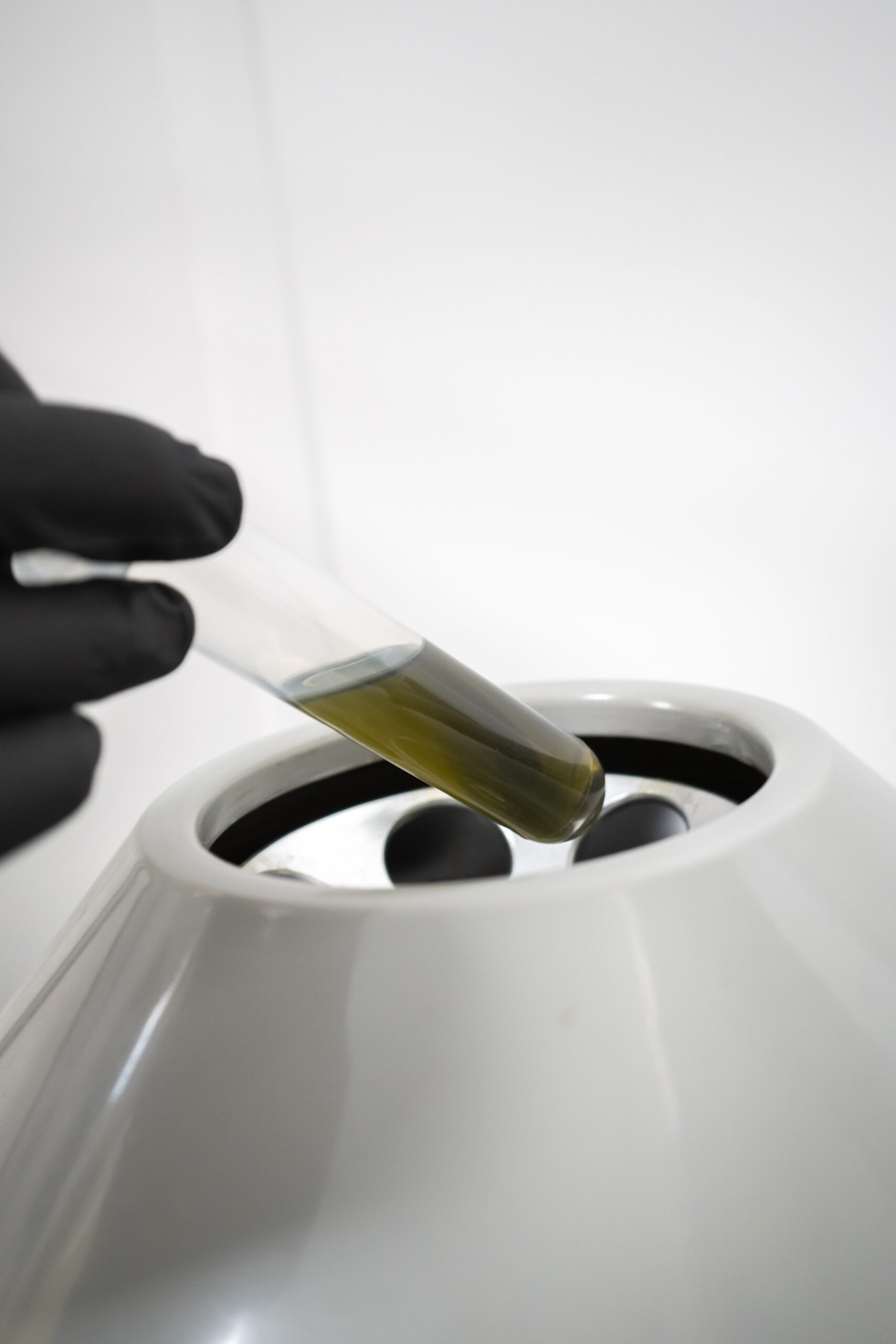- Face
- Body + Hand
- Hair
- Candles
- Parfum
- Subscriptions
- Nutrition
- Gifts
- Treatments
- Visit
- Academy
- Journal
![]()
The dirt on natural ingredients
The dirt on natural ingredients
The skincare and beauty market relies heavily on natural ingredients sourced from plants. However, farming these ingredients can have a significant resource intensity that can impact the environment and raise sustainability concerns.

Here’s our reasons why:
The skincare and beauty market relies heavily on natural ingredients sourced from plants. However, farming these ingredients can have a significant resource intensity that can impact the environment and raise sustainability concerns.
Farming natural ingredients requires large areas of land and water resources. For example, cultivating plants such as aloe vera, lavender, and chamomile for their extracts requires extensive irrigation, fertilizers, and pesticides.
Farming natural ingredients can also have a significant impact on biodiversity. Many natural ingredients are sourced from wild plant populations, which can result in over-harvesting and loss of biodiversity. For example, sandalwood, a popular ingredient in skincare products, is extracted from a tree species that is endangered due to over-harvesting.

The extraction process of natural ingredients can also have a resource-intensive impact. Many natural ingredients require energy-intensive extraction methods such as steam distillation and solvent extraction, which can have a significant carbon footprint. Additionally, the waste generated from the extraction process can have a negative impact on the environment if not disposed of properly.
Lastly, transporting natural ingredients can also have a significant carbon footprint. Many natural ingredients are sourced from afar, transporting these ingredients over long distances, contributing to greenhouse gas emissions and air pollution.
While natural ingredients are a popular choice for skincare and beauty products, the resource intensity of farming these ingredients is a significant concern. To ensure sustainability, companies must consider the environmental impact of their ingredient sourcing and extraction methods and work towards more sustainable alternatives. We can’t wait to share more with you very very soon.
We use cookies on our website to give you the most relevant experience by remembering your preferences and repeat visits. By clicking “Accept All”, you consent to the use of ALL the cookies. However, you may visit "Cookie Settings" to provide a controlled consent.Manage consentPrivacy Overview
This website uses cookies to improve your experience while you navigate through the website. Out of these, the cookies that are categorized as necessary are stored on your browser as they are essential for the working of basic functionalities of the website. We also use third-party cookies that help us analyze and understand how you use this website. These cookies will be stored in your browser only with your consent. You also have the option to opt-out of these cookies. But opting out of some of these cookies may affect your browsing experience.Necessary cookies are absolutely essential for the website to function properly. These cookies ensure basic functionalities and security features of the website, anonymously.Cookie Duration Description cookielawinfo-checkbox-analytics 11 months This cookie is set by GDPR Cookie Consent plugin. The cookie is used to store the user consent for the cookies in the category "Analytics". cookielawinfo-checkbox-functional 11 months The cookie is set by GDPR cookie consent to record the user consent for the cookies in the category "Functional". cookielawinfo-checkbox-necessary 11 months This cookie is set by GDPR Cookie Consent plugin. The cookies is used to store the user consent for the cookies in the category "Necessary". cookielawinfo-checkbox-others 11 months This cookie is set by GDPR Cookie Consent plugin. The cookie is used to store the user consent for the cookies in the category "Other. cookielawinfo-checkbox-performance 11 months This cookie is set by GDPR Cookie Consent plugin. The cookie is used to store the user consent for the cookies in the category "Performance". viewed_cookie_policy 11 months The cookie is set by the GDPR Cookie Consent plugin and is used to store whether or not user has consented to the use of cookies. It does not store any personal data. Functional cookies help to perform certain functionalities like sharing the content of the website on social media platforms, collect feedbacks, and other third-party features.Performance cookies are used to understand and analyze the key performance indexes of the website which helps in delivering a better user experience for the visitors.Analytical cookies are used to understand how visitors interact with the website. These cookies help provide information on metrics the number of visitors, bounce rate, traffic source, etc.Advertisement cookies are used to provide visitors with relevant ads and marketing campaigns. These cookies track visitors across websites and collect information to provide customized ads.Other uncategorized cookies are those that are being analyzed and have not been classified into a category as yet.Free UK shipping via Royal Mail when you spend over £65 - Body + Hand





















